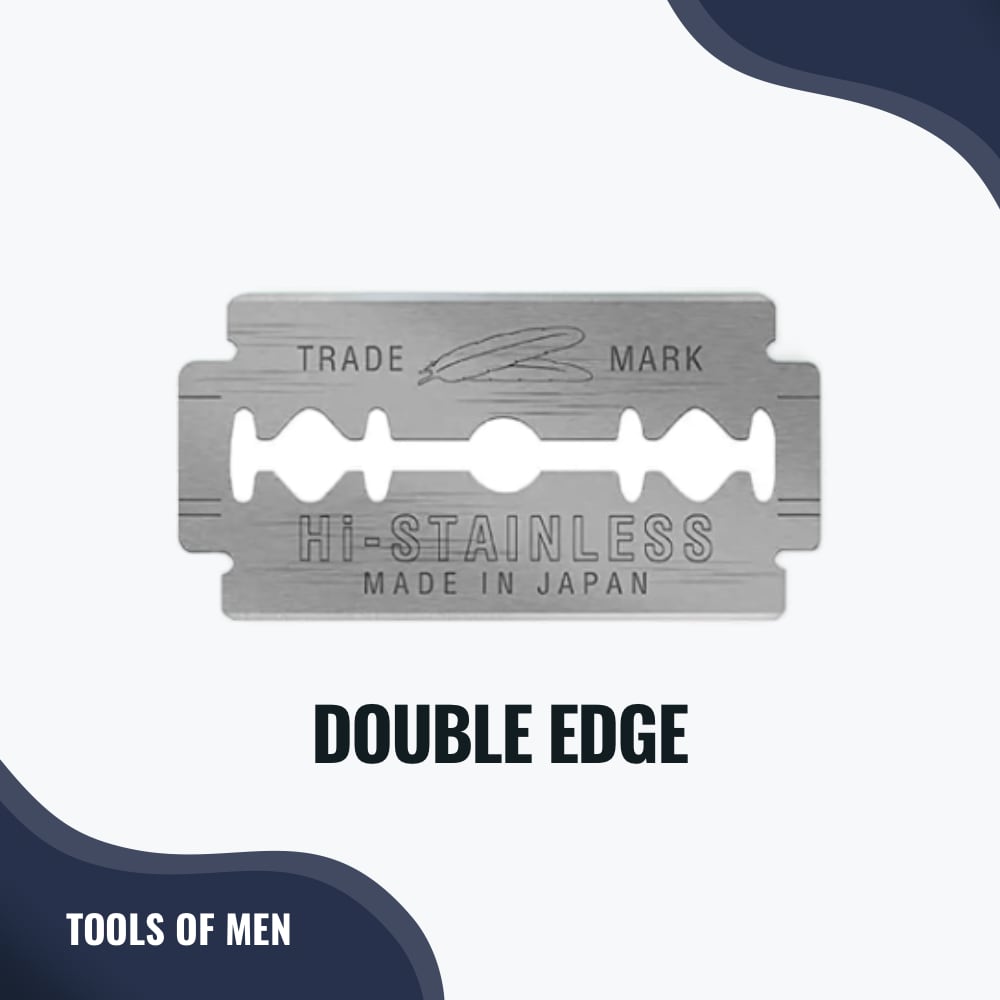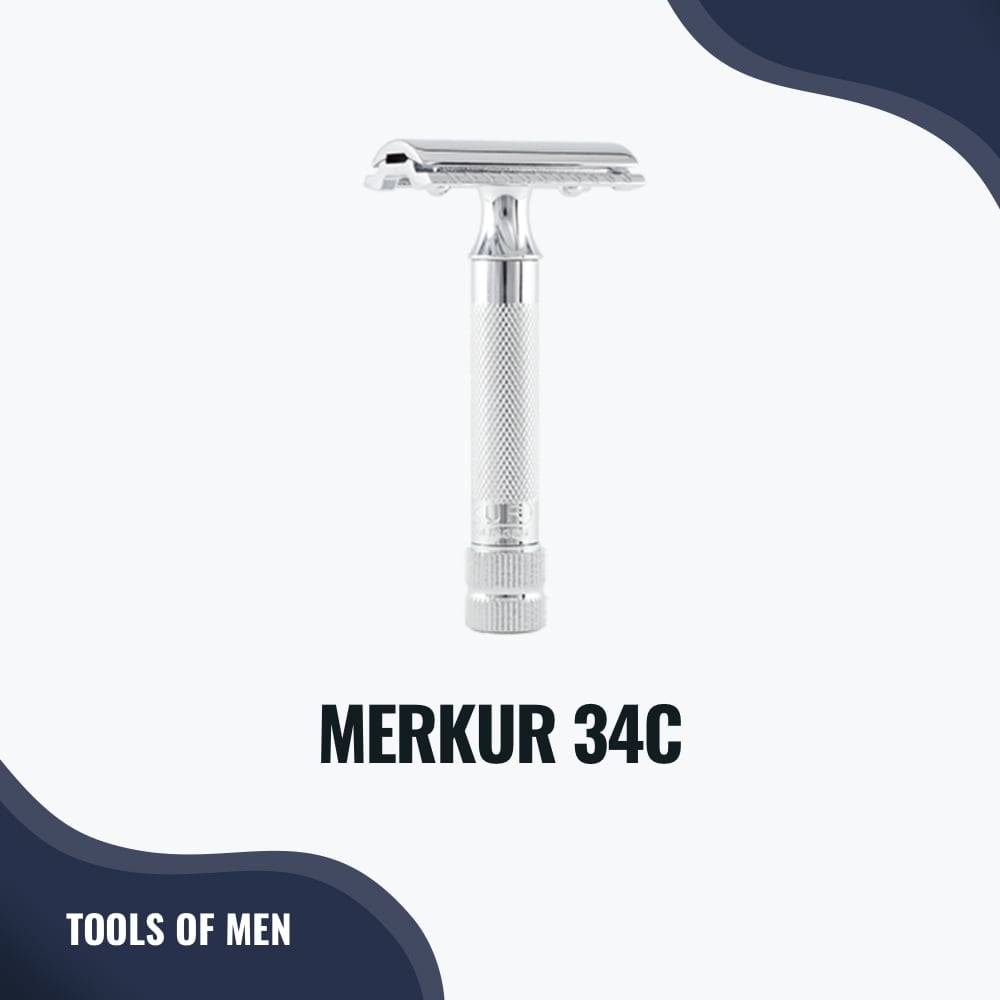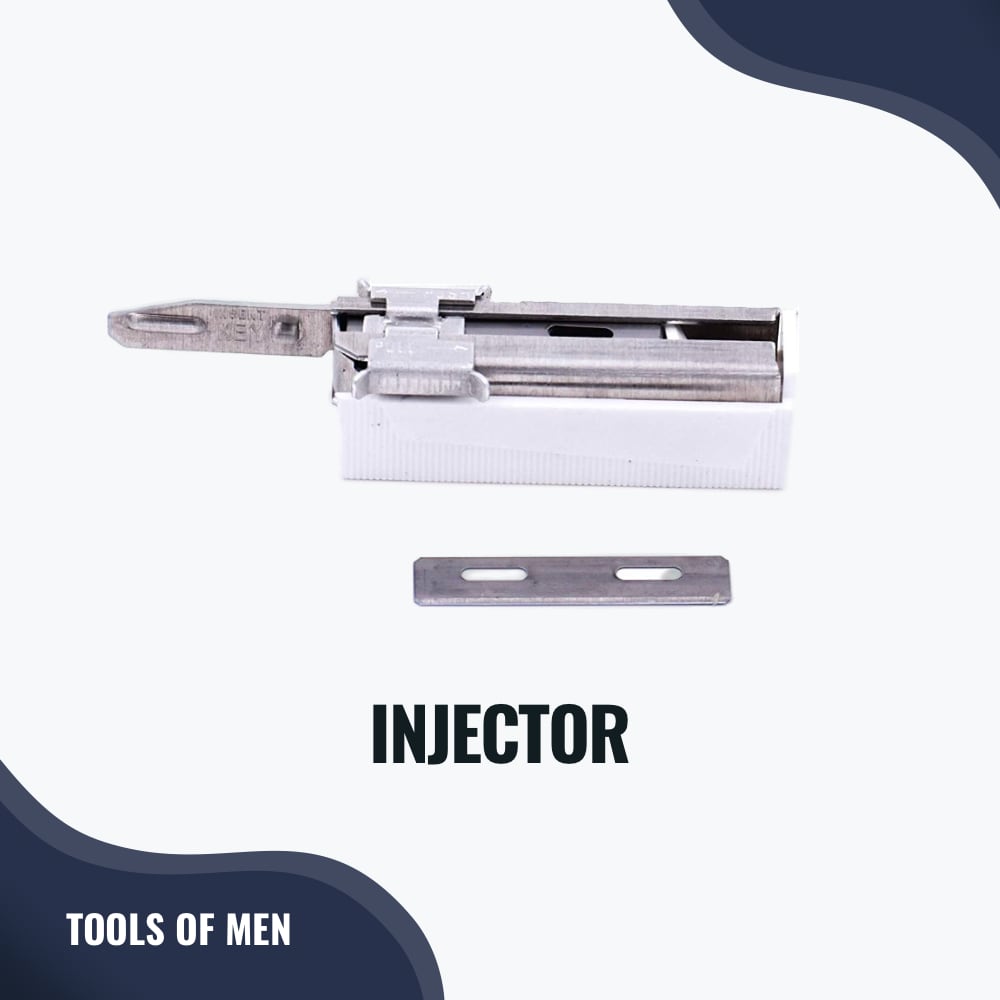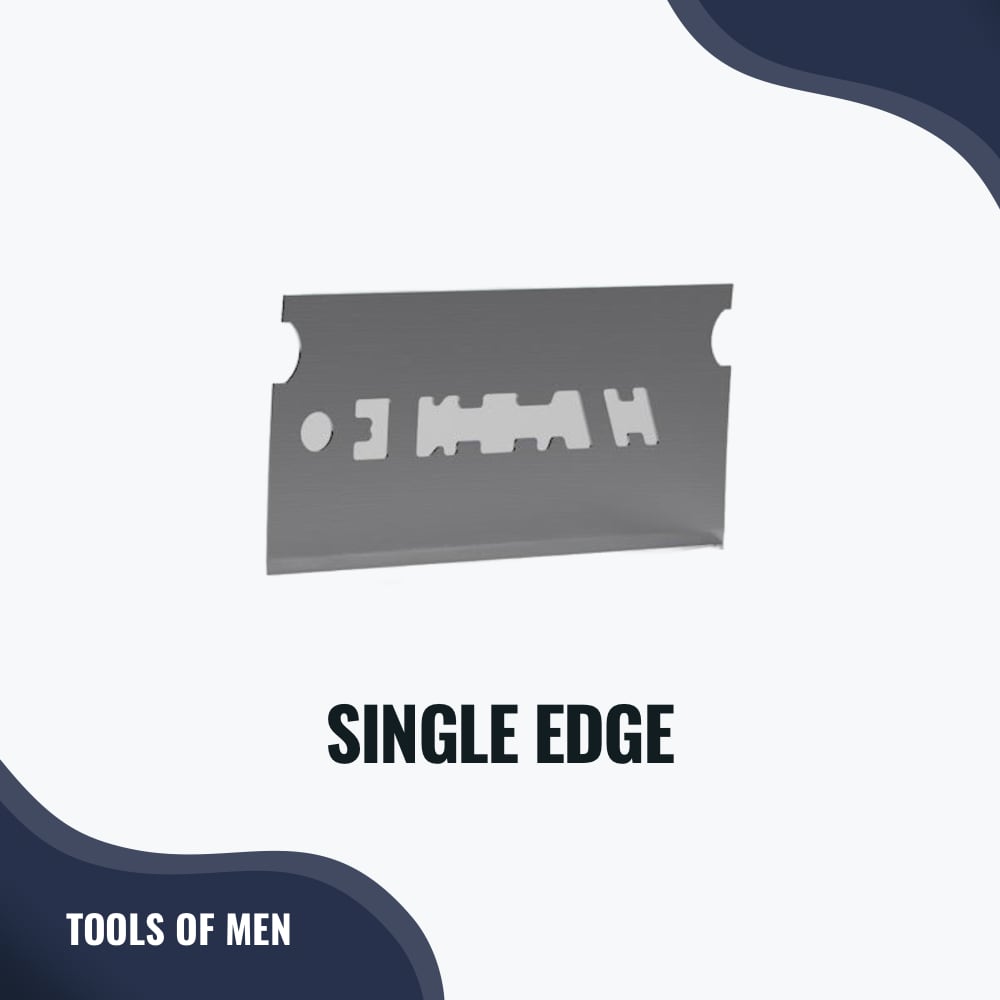Over the past few years, safety razors have seen a resurgence in popularity, and with that has come to some innovation within the field that has largely been dormant for the past 100 years.
One area of innovation has been the blade used in these razors. While nearly all safety razors available in the market today are made with a standard double-edge blade, there are a few other options, notably single-edge and injector razor blades.
Here’s an overview of the three main types of safety razor blades currently available on the market and what systems they are compatible (and not compatible) with:
Standard Double Edge Blades

The vast majority of safety razors use what is known as a double edge blade. These blades are very thin and sharp on both sides, and they are designed to be used with a razor with a safety bar on either side of the blade like this one:

Popular brands that make double edge blades include Gillette, Feather, Derby, Astra, and Personna. Additionally, these razor blades are used in most safety razor brands, including Merkur, Parker, Muhle, Rockwell, and Edwin Jagger.
Given that the amount of stainless steel made to make these blades is minimal, the cost is relatively low. You can typically purchase a bulk pack of 100 razor blades for about $9 ($0.09 per blade). The double edge blades are a real bargain compared to a cartridge razor, which costs about $3 per blade (not to mention it is a much more eco-friendly alternative).
Lastly, shavettes, a type of straight razor, rely on double-edge safety razor blades that have been snapped in half. These are often used within barbershops.
Injector Blades

Made popular by Schick in the 1920s, injector razors are designed to use a blade inserted into the razor from the side with a key. As a result, these blades tend to be slightly more rigid than their double edge counterparts.
While injector blades are not as popular as they once were, Schick, Personna, and Feather remain the most popular brands.
Regarding compatibility with safety razors, the injector blade only works with injector safety razors (i.e., Supply, Parker Single Edge Adjustable Safety Razor, and Shave Classic), which is rather limited compared to double-edge safety razors.
Single Edge Blades

The last type of razor blade that safety razors may rely on is the single-edge blade. As the name suggests, the cutting edge is only on one side of the blade.
These are nearly borderline proprietary blades as they are only used in specific safety razors, including the OneBlade and Valet line of razors. Additionally, the variety of brands that make single-edge blades is equally limited. The most noteworthy single-edge razor blade manufacturer is Feather, with their FHS-10 razor blade.
Additionally, you cannot use single-edge blades in your standard double-edge or injector razor. Due to their limited use, single-edge blades cost about $.92 per blade, significantly more than their double-edge counterpart.
Common Questions
There were a few compatibility questions that often come up when discussing these types of blades:
Are any of the double-edge, injector, or single-edge razor blades interchangeable with each other?
None of these types of razor blades are interchangeable with each other. In other words, you cannot put a double-edge blade into an injector razor or a single-edge blade into a double-edge razor. You can only use the same type of blade that was included with your specific razor.
What is the difference between a double-edge and a single-edge razor blade?
Single edge razor blades are about .23mm thick, about twice as thick as a double-edge razor blade. The main purpose of the increased thickness is to provide more rigidity to the blade, which some wet shavers prefer.
Are there different disposal requirements for the different types of razor blades?
No, all razor blades should be disposed of with the same level of caution. Even after being used for shaving, safety razor blades remain incredibly sharp and can cause serious injury if not handled properly. Therefore, we wrote a detailed guide on how to dispose of razor blades, which you can find here.